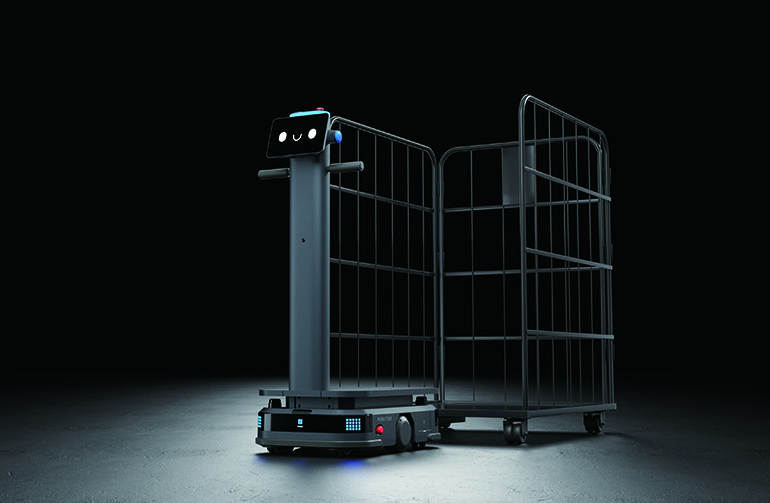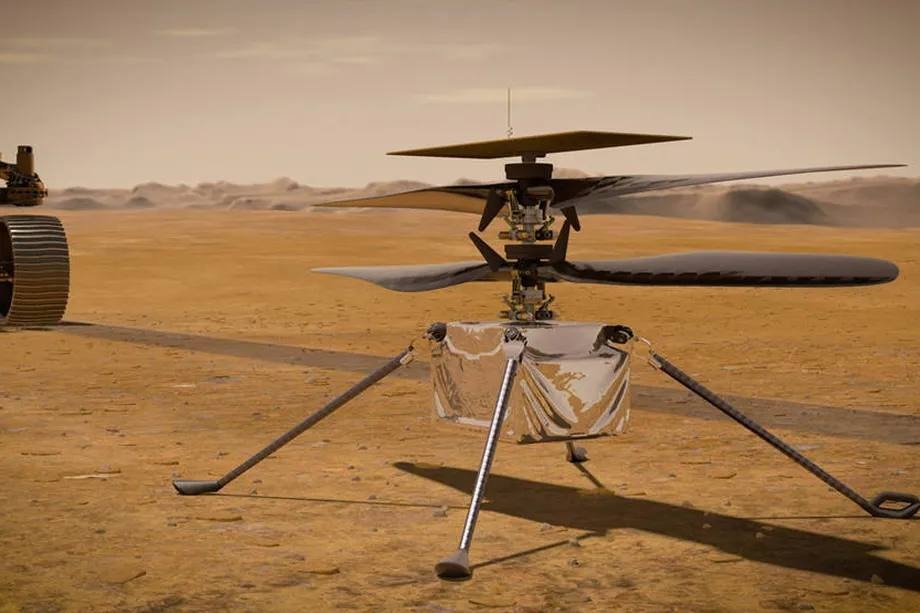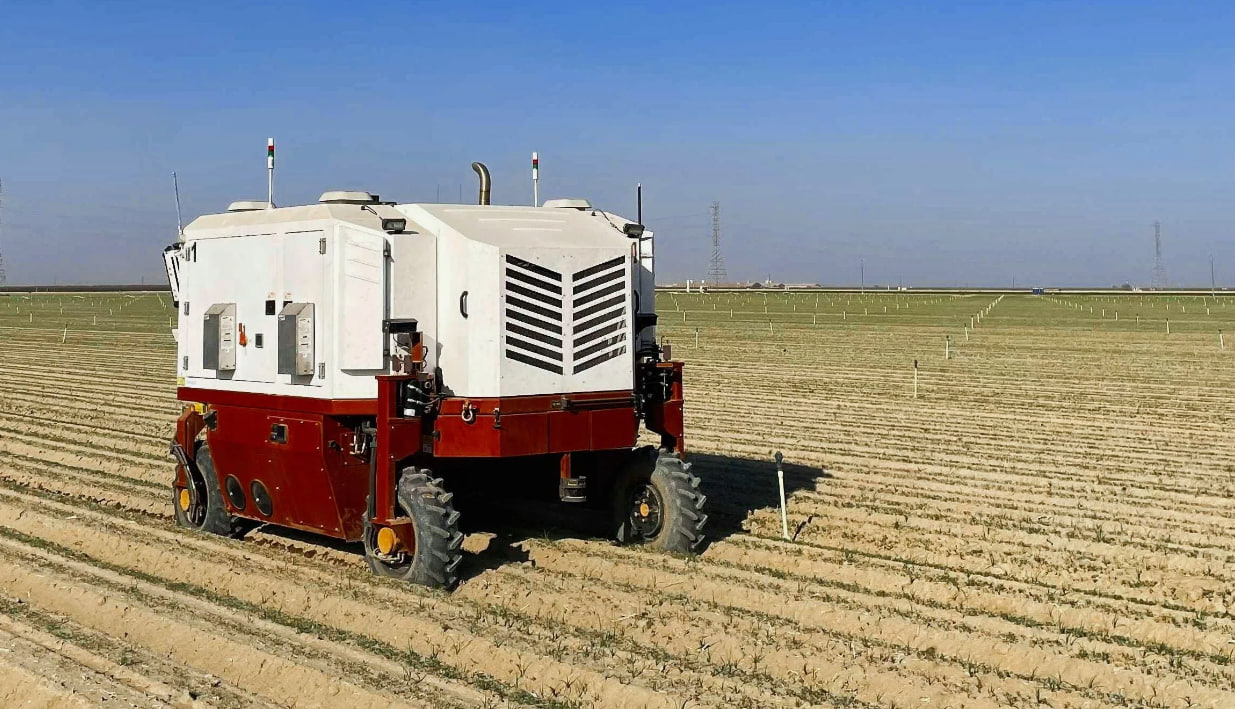A fleet of robots from Carnegie Mellon University (CMU), known as Team Explorer, is preparing for the final round of the DARPA Subterranean (SubT) Challenge. The competition aims to develop autonomous technology for navigating underground scenarios and assisting in search and rescue operations for the military and first responders.
The objective of the challenge is to collect as many items as possible within an hour while traveling through a cave in Louisville, Kentucky. The CMU team, in collaboration with Oregon State University, has created a fleet of autonomous rescue robots that can make decisions independently, as there is only one operator for up to a dozen robots.
Sebastian Scherer, co-leader of the CMU team and associate professor at the Institute of Robotics, explains that the core challenge lies in the robots' ability to make decisions in uncertain environments. Team Explorer consists of four small drones, three large drones, three ground robots, and two walking robots, each with its strengths and weaknesses.
The development of Team Explorer's technology considers a "hierarchy of autonomy," starting with a "local scheduler" that helps the machine decide what to do based on its environment. Additionally, a "global planner" helps machines create a picture of the entire environment and communicate with each other to avoid covering the same area.
Team Explorer is also prepared for the potential failure of their rescue robots, ensuring the fleet is resilient enough to recover from disruptions. The teams have been working on their fleets for over three years, with CMU and Oregon State University securing first place in the first round and second place in the next round of the competition.
In the final round, Team Explorer will compete against seven other groups for a prize pool that includes $2 million for the first-place winner, 1 million for the runner-up, and \500,000 for the third-place team. With approximately 20 core members and 100 people in the extended team, Team Explorer is ready to push the boundaries of autonomous rescue robot technology.
Hire robot workers like those in CMU's Team Explorer to revolutionize search and rescue missions, providing invaluable assistance in underground disaster scenarios and ensuring the safety of human responders.


















